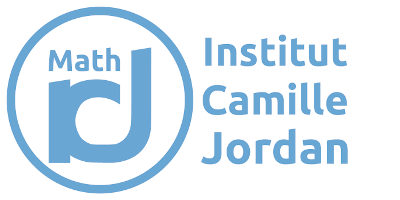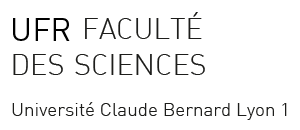Journées Physique-Mathématique
→
Europe/Paris
Fokko du Cloux (ICJ)
Fokko du Cloux
ICJ
21 avenue Claude BERNARD & 4 rue Ada BYRON
VILLEURBANNE
Description
The research network in mathematical physics of Dijon-Lyon-Metz organizes its second workshop on mathematical physics. Topics of the workshop include (but are not reduced to):
- Classical and Quantum Field Theory (multisymplectic geometry, Higher Structures, Gauge theories, CFT, TQFT QFT, GR)
- Non commutative geometry and spectral theory (K-theory, index, topological insulators)
- Integrable systems (classical and quantum, integrable hierarchies, spin models, Ads/CFT duality)





